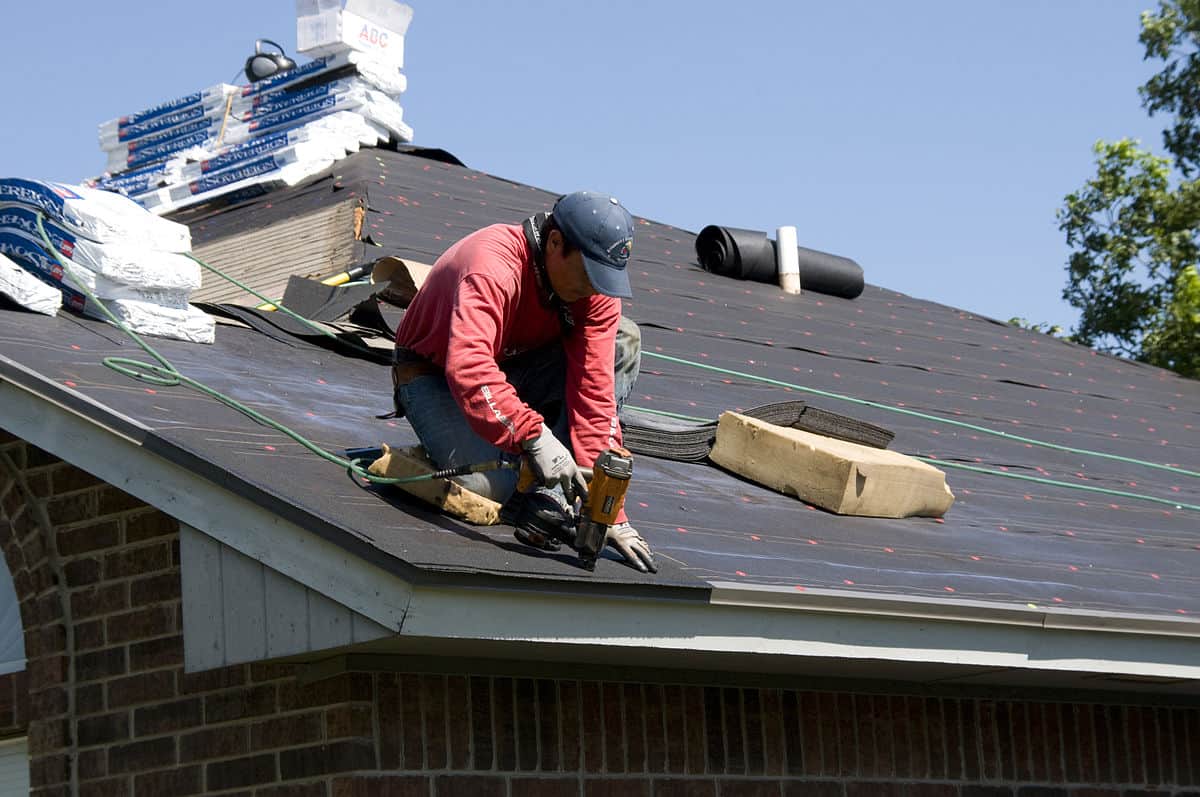Contrasting Prices Amongst Roofing Companies in Gainesville Florida
Contrasting Prices Amongst Roofing Companies in Gainesville Florida
Blog Article
Ideal Practices for Ensuring Proper Roof Ventilation
A well balanced consumption and exhaust air vent proportion, generally 1:300, plays a pivotal role, with intake vents preferably placed at the reduced edge of the roofing system for great air entrance and exhaust vents at the height for cozy air departure. Maintaining insulation away from vents is essential to avoid air movement constraint.
Understand Air Flow Essentials
Appropriately comprehending air flow essentials is necessary for guaranteeing the durability and performance of roof covering systems. Reliable ventilation reduces moisture accumulation and temperature extremes in the attic room, both of which can result in substantial architectural damage gradually. A well-ventilated roofing aids in stopping common issues such as mold and mildew development, timber rot, and ice dams, which can compromise the honesty of the roof covering materials and the underlying structures.
The primary objective of ventilation is to facilitate the movement of air, enabling a regular exchange in between the interior and outdoor environments. This balance is attained via a combination of intake and exhaust vents that function together to keep optimal airflow. Consumption vents, typically located along the eaves or soffits, allow fresh air to enter the attic area, while exhaust vents, frequently positioned at or near the roofing system ridge, make it possible for warm, humid air to get away.
Key factors affecting the effectiveness of roofing system air flow include appropriate placement, sufficient sizing, and ensuring that both intake and exhaust vents are unblocked. Normal assessment and maintenance are essential to determine possible blockages, damage, or inadequacies in the air flow system, consequently protecting the roof covering's efficiency and durability.
Kinds Of Roof Covering Vents
Roof covering vents play a crucial role in preserving efficient attic room air flow and, by expansion, the general health and wellness of the roofing system. Various types of roof covering vents are offered, each with unique advantages tailored to specific roof demands. Ridge vents, for instance, are mounted along the roofing system's height, permitting cozy, humid air to escape from the attic. They offer constant air flow and mix perfectly with the roofline, making them both effective and visually pleasing.

Soffit vents are installed under the eaves and operate in tandem with roofing vents to make certain a well balanced consumption and exhaust system. By allowing cooler air to get in from below, soffit vents assist in the expulsion of hot air via upper vents. Gable vents, located on the outside wall surfaces of the attic room, deal another efficient remedy, specifically in homes with saddleback roofs.
Assess Your Current Air Flow

Following, think about the age and problem of your roof products and ventilation parts. Older systems might not abide by current building regulations or may have deteriorated gradually, decreasing their performance. Conduct a comprehensive examination to determine any kind of signs of deterioration, such as rust, damages, or gaps that might endanger the system's performance.
In addition, measure the attic room temperature and humidity degrees. High temperatures and moisture can indicate insufficient ventilation - roofing companies. Make use of a hygrometer and thermometer to acquire precise readings, comparing them with outside problems. Relentless inconsistencies recommend possible issues that require resolving.
Installment Best Practices
Efficient installation of roof air flow systems is paramount for ensuring ideal efficiency and durability. Proper installation starts with comprehending the details air flow needs of the building and the roof covering it covers. This involves calculating the proper ratio of intake to tire vents, commonly sticking to the 1:300 policy, which stipulates one square foot of ventilation for every 300 square feet of attic floor area.

The placement of vents is just as important. Intake vents ought to be mounted at the roofing system's reduced side, typically in the soffits, to permit awesome air to go into. Exhaust vents, on the various other hand, ought to be mounted near or at the roof's peak to assist in the departure of warm, moist air. This produces an all-natural airflow that aids preserve temperature level and wetness balance within the attic room space.
Seal all air vent connections diligently to avoid air leakages and potential water infiltration. Usage top quality materials and follow producer standards to make check over here sure durability and performance. Additionally, integrating ridge vents with baffles can dramatically enhance air movement efficiency by avoiding wind-driven rain and snow from going into the attic.
Ultimately, accurate setup of roof ventilation systems reduces prospective issues such as mold development, ice dams, and architectural damages, making sure the roofing's integrity and the building's gainesville fl roofing companies overall health and wellness.
Regular Upkeep Tips
Uniformity in maintenance methods is fundamental to making certain the long-lasting effectiveness of roofing air flow systems. During these examinations, guarantee that vents are free of particles, nests, and other obstructions that might impede airflow.
Cleaning up the vents is another important job. Use a soft brush or a vacuum cleaner to get rid of dust and particles from intake and exhaust vents. Beware not to harm the vent screens or louvers during the procedure. Additionally, evaluate the attic space for any type of indicators of water damage, which could jeopardize the honesty of the roof.
Proper insulation is equally crucial. Ensure that attic insulation does not block the vents, as this can significantly restrict air flow. If any kind of insulation has actually shifted or resolved, reposition or replace it to maintain an effective barrier.
Lastly, replace any harmed or missing out on parts promptly. Broken vents, fractured tiles, or deteriorated flashing can all add to poor air flow and needs to be attended to without hold-up. Regular maintenance guarantees that the roof covering ventilation system works efficiently, thus expanding the life-span of the roofing read more itself.
Final Thought
Guaranteeing appropriate roofing ventilation is paramount for keeping the effectiveness and durability of a roofing system. Adherence to the 1:300 intake and exhaust vent ratio, paired with the tactical positioning of vents, is vital. Regular semiannual assessments, particles cleaning, and ensuring insulation does not block air flow are important methods. Implementing these best practices will cultivate a well-ventilated roofing system, thus alleviating potential problems related to moisture build-up and excessive warm, ultimately extending the roof's lifespan.
A well balanced intake and exhaust vent ratio, generally 1:300, plays a crucial duty, with intake vents preferably positioned at the lower side of the roofing system for trendy air entrance and exhaust vents at the optimal for warm air leave. Consumption vents, normally located along the soffits or eaves, allow fresh air to enter the attic room area, while exhaust vents, usually situated at or near the roofing system ridge, make it possible for hot, humid air to get away.
Soffit vents are installed under the eaves and work in tandem with roofing vents to guarantee a well balanced consumption and exhaust system. By permitting cooler air to enter from below, soffit vents promote the expulsion of warm air through top vents. Adherence to the 1:300 intake and exhaust air vent proportion, paired with the critical positioning of vents, is vital.
Report this page